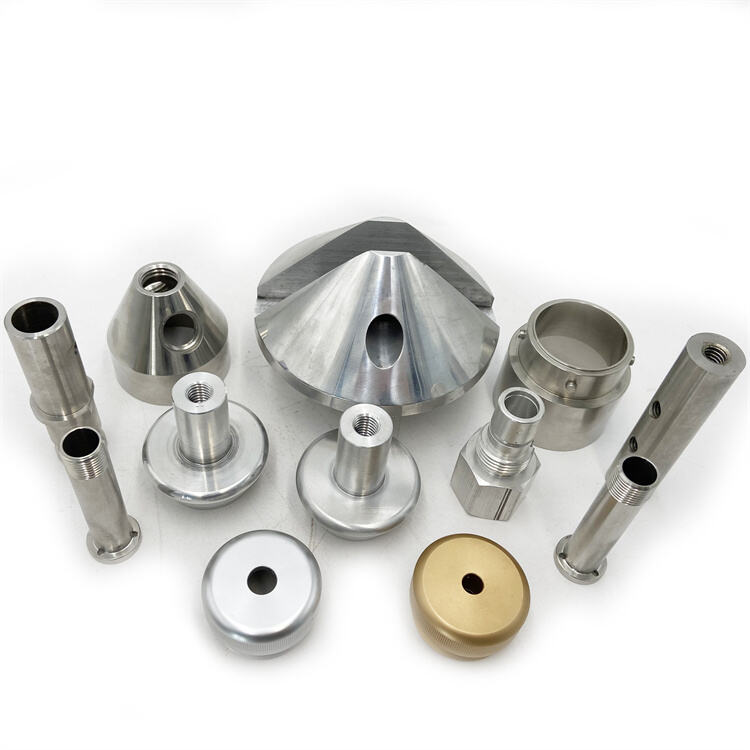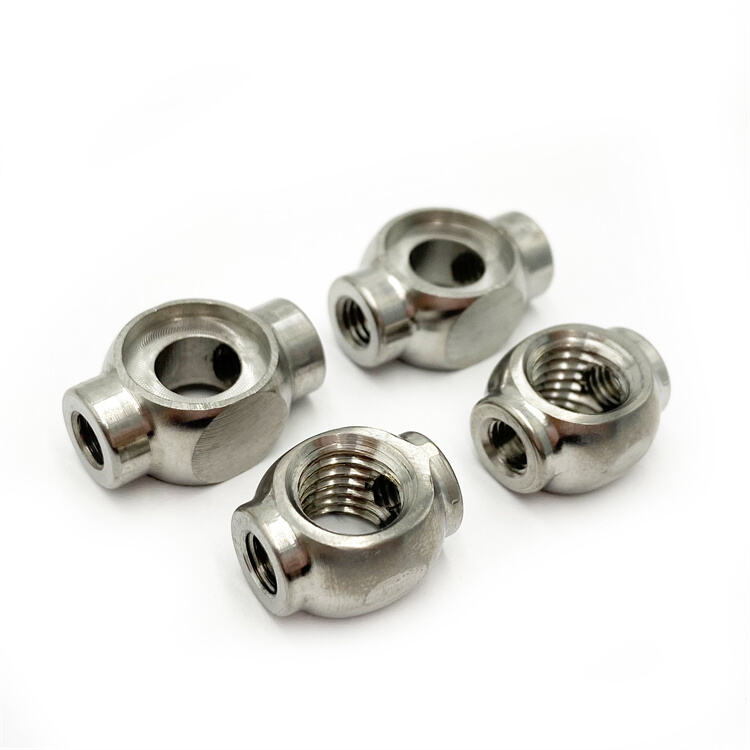cnc parts
CNC parts represent the cornerstone of modern precision manufacturing, embodying the fusion of computer-controlled accuracy and mechanical engineering excellence. These components are manufactured through sophisticated Computer Numerical Control processes, ensuring unprecedented levels of precision and repeatability in production. The technology enables the creation of complex geometries and intricate designs that would be impossible to achieve through conventional manufacturing methods. CNC parts find extensive applications across various industries, from aerospace and automotive to medical devices and consumer electronics. The manufacturing process involves the precise removal of material from a workpiece using computer-guided cutting tools, following detailed digital blueprints. These parts can be produced from a wide range of materials, including metals, plastics, and composites, with tolerances as tight as a few micrometers. The versatility of CNC manufacturing allows for both prototype development and high-volume production runs, while maintaining consistent quality standards throughout the process. Modern CNC parts often incorporate advanced features such as complex internal channels, precise threading, and intricate surface patterns, all achieved with remarkable accuracy and repeatability.

